arcooke
TPF Noob!
- Joined
- Feb 24, 2008
- Messages
- 391
- Reaction score
- 8
- Location
- Plano, TX
- Can others edit my Photos
- Photos OK to edit
I'm going to be on a camping trip in the Rocky Mountains later this month, and I wanted to try to get some nice star shots. My question is related more to internal features of the camera. Should I turn off internal noise reduction? Should I turn off vibration reduction? Are there any other things outside of the standard exposure settings that I should take into consideration?
I'm hoping to get some milky way shots, if not, just some starry night shots (not star trails). Finally have my Tokina 11-16.. can't wait
I'm hoping to get some milky way shots, if not, just some starry night shots (not star trails). Finally have my Tokina 11-16.. can't wait





![[No title]](/data/xfmg/thumbnail/34/34346-f7996f51f0624620cfd54a488abeacf9.jpg?1619736382)
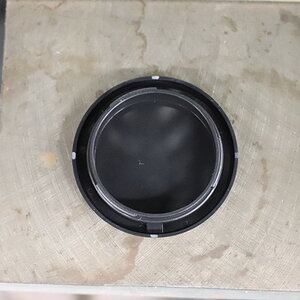
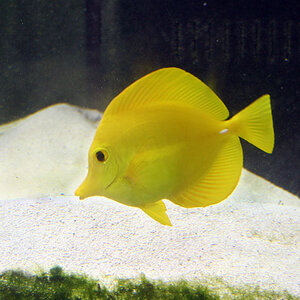
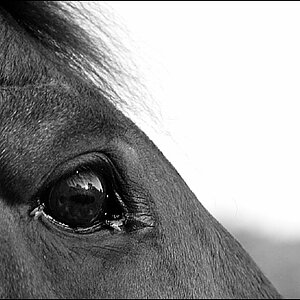
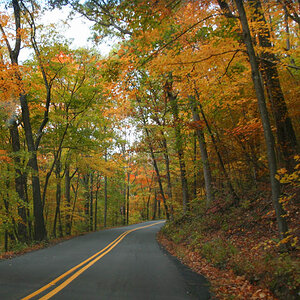
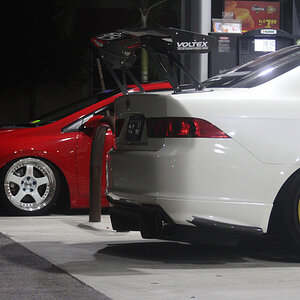
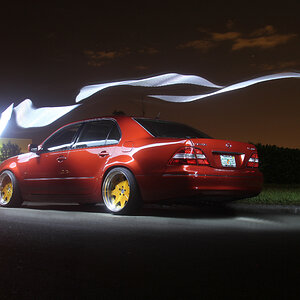
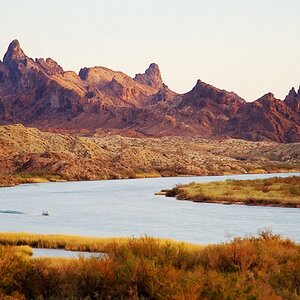
![[No title]](/data/xfmg/thumbnail/34/34345-5642c495cae8d6c7bb83c28664146cf1.jpg?1619736381)